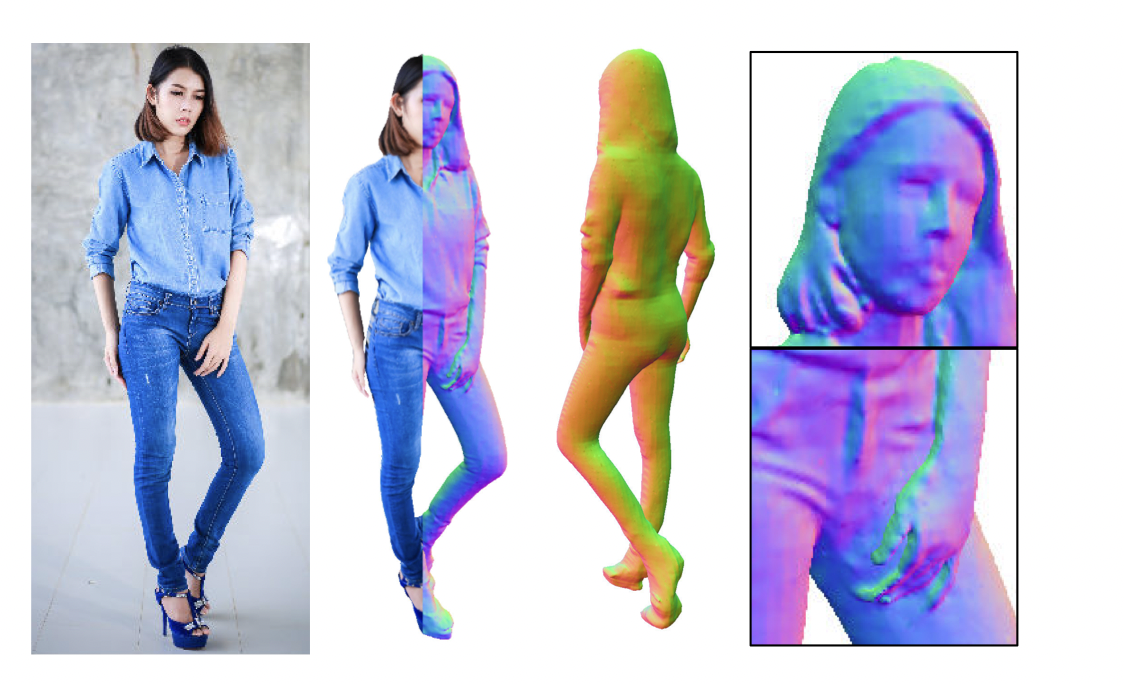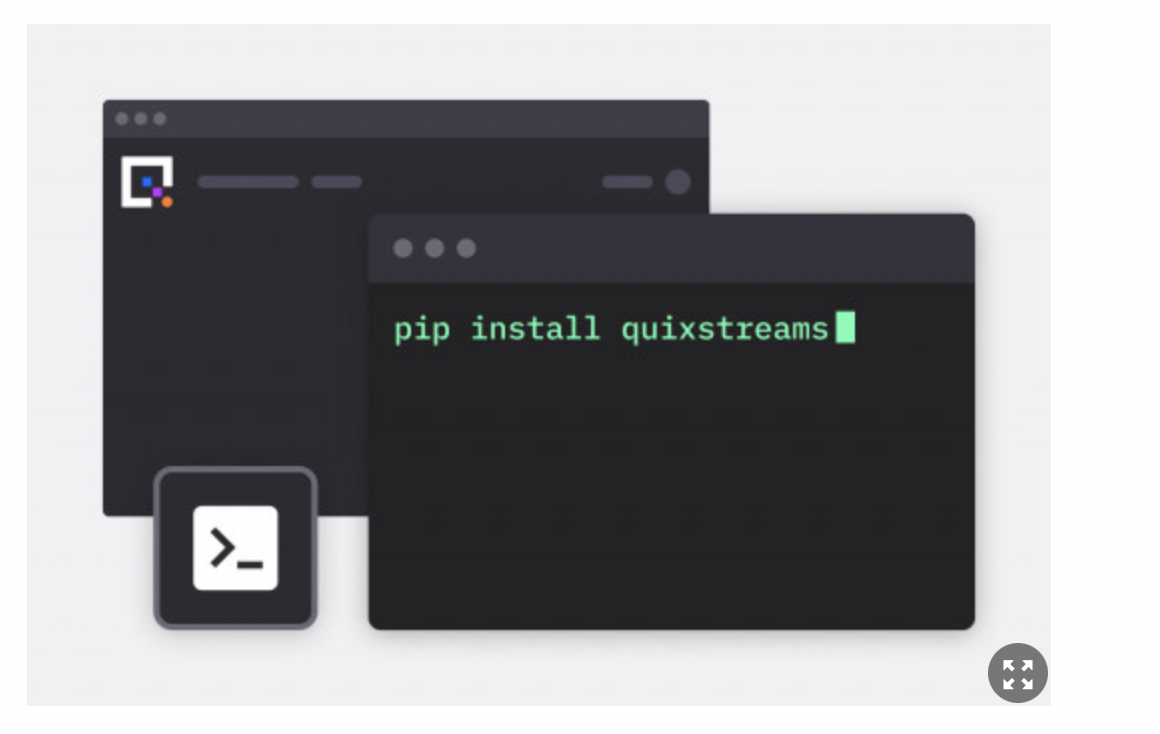
An technique for 3D TIP in CT volumes that aims to insert realistic and plausible hazard objects within 3D CT luggage images was presented by IEEE researchers. The suggested method includes the production of metal artifacts, particle swarm optimization-based insertion determination, and dual threat (source) and baggage (target) volume segmentation. To assess the quality of generated TIP volumes, they also proposed a TIP quality score metric. Qualitative assessments on actual 3D CT luggage images demonstrate the ability of their approach to produce plausible and realistic TIP that are indistinguishable from actual CT volumes, and the TIP quality scores are congruent with human assessments.

The enormous increase in representational power provided by deep neural networks has been the driving force behind recent developments in image-based 3D human shape assessment. Although contemporary methods have shown promise in practical situations, they are still unable to provide reconstructions that match the amount of detail frequently found in the source photos. Facebook Reality Labs researchers contend that this constraint is essentially the result of two needs that are in conflict: exact forecasts demand high resolution, while accurate predictions require a broad context. Previous methods frequently used low quality photos as input to cover wide spatial contexts due to memory restrictions in the technology available at the time, which led to less accurate (or low resolution) 3D estimates. By creating a multi-level architecture that is end-to-end trainable, they overcome this barrier.
Open Source News:

Proton is a well-known corporation with an open-source focus that has grown immensely popular as a result of its products. Most of their well-known programs, including Proton Mail and Proton VPN, are open-source. In a similar vein, they now have the code for their recently unveiled Proton Drive service's mobile apps open-sourced.

On the occasion of the platform's third anniversary, Quix, a real-time telemetry data platform created by Formula 1 data experts, is making their data streaming library, known as "Quix Streams," open source. Developers that require a rapid response and guaranteed dependability at scale may quickly and easily create real-time applications that analyze large volumes of telemetry data with Quix Streams.